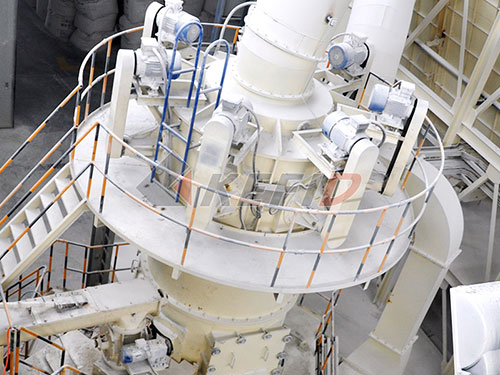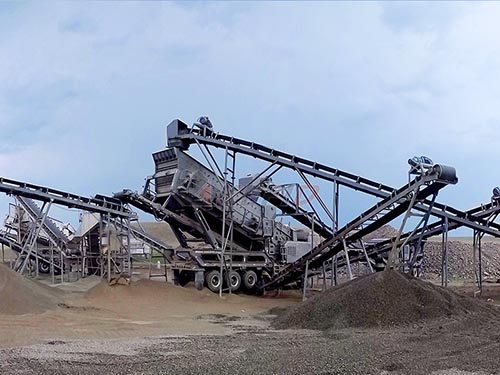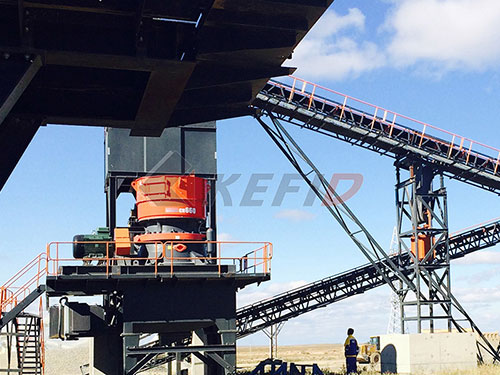Safely Unplugging A Cone Crusher: A Critical Procedure for Personnel Protection
Unplugging a cone crusher – whether for routine maintenance, liner changes, component replacement, or prolonged shutdown – is far more complex than simply pulling a plug from a socket on your kitchen appliance. This process involves managing significant residual energy inherent in large industrial machinery and demands strict adherence to safety protocols to prevent catastrophic injury or death.
Understanding the Hazards:
Before approaching the task, recognizing the dangers is paramount:
1. Residual Hydraulic Pressure: Hydraulic systems powering adjustments and tramp release can retain high pressure long after shutdown.
2. Stored Mechanical Energy: Springs within the tramp release system hold substantial kinetic energy.
3. Electrical Energy: Main power feeds must be completely isolated.
4. Gravity Hazards: Heavy components like the mantle or adjustment rings could potentially shift if not properly supported.
5. Unexpected Movement: Any residual energy release could cause sudden movement of machine parts.
6. Crushing Hazards: Accessing areas near the crushing chamber inherently carries risk.

Essential Pre-Unplugging Steps:
1. Complete Shutdown: Ensure the crusher has been brought to a complete stop using normal operating procedures.
2. Clear the Feed: Verify the feed hopper is empty and no material remains on the feeder conveyor leading into the crusher cavity.
3. Isolate Power Sources (LOCKOUT/TAGOUT – LOTO): This is non-negotiable.
Identify all energy sources: Main electrical disconnect(s), hydraulic power unit(s), control power sources.
Physically open each disconnect switch or breaker according to site-specific LOTO procedures.
Apply individual padlocks and tags by each authorized person working on the equipment using their own unique lock(s). Group lockout boxes may be used where appropriate per procedure.
Verify isolation by attempting (safely) to start the crusher from all local control points after locks are applied – it must not operate.
4. Dissipate Stored Energy:

Hydraulic Systems: Carefully open hydraulic bleed valves according to manufacturer instructions (wearing appropriate PPE like face shield and gloves) to relieve pressure from accumulators and lines associated with adjustment cylinders and tramp release circuits into a suitable container/absorbent material.
Mechanical Springs (Tramp Release): Follow manufacturer’s

Leave a Reply